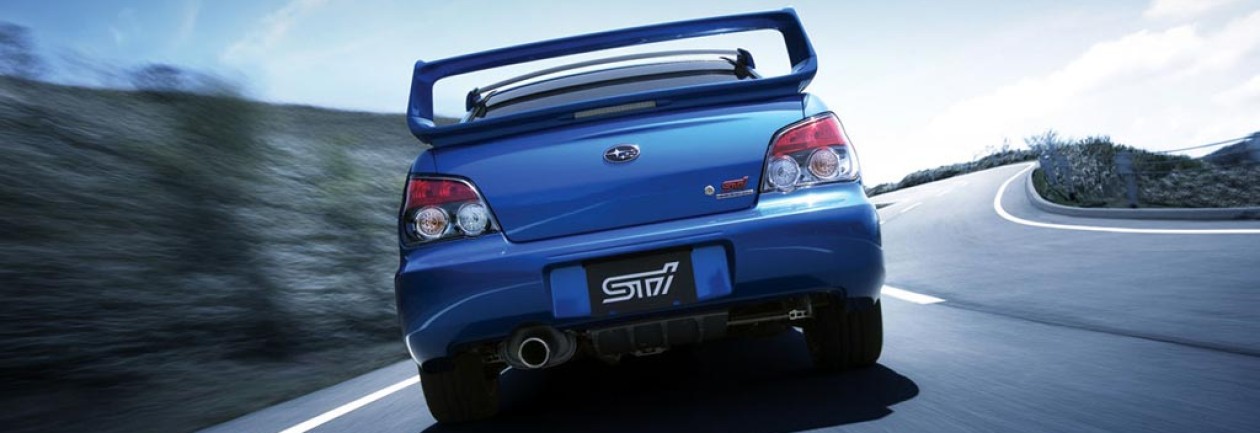R-134a A/C refrigerant guide of Subaru cars:
A/C Service Equipment
R-134a manifold gauge sets are equipped with “quick-disconnect” fittings. Verify that you are using the correct equipment by checking the gauge face labeling and the R-134a “ID” with the stripe along the hose area.
When servicing R-134a systems, you may notice some slight differences in the normal operating pressures, especially on the discharge, or high side. Always refer to the service manual or diagnostic aids to determine the correct pressures for the particular vehicle you’re servicing. Remember also that R-12 and R-134a manifold gauge sets are calibrated differently, and should not be interchanged.
Leak detection is one of the most important steps in the new approach to refrigerant use, and it plays a vital role in the “Recover, Recycle and Reuse” program. First, always make a visual check of the system to see if there are any obvious signs of leakage. Many manufacturers are offering leak detectors designed for use on R-12 and R-134a.
Always follow the manufacturer’s instructions carefully. Be thorough when checking for a leak. TAKE YOUR TIME! If additional refrigerant is required to locate a leak, add only enough to establish positive pressure.
Service shops have very few options regarding system evacuation. Subaru recommends using a vacuum pump that is specifically designed and dedicated for R-134a systems.
Positive identification for your shop tools is very important. Gauge and hose sets cannot be interchanged between R-12 and R-134a systems. There may be some residual oil or refrigerant left in the manifold which could lead to cross-contamination of the entire system.
The same potential problem exists with your recovery and recycling equipment.
